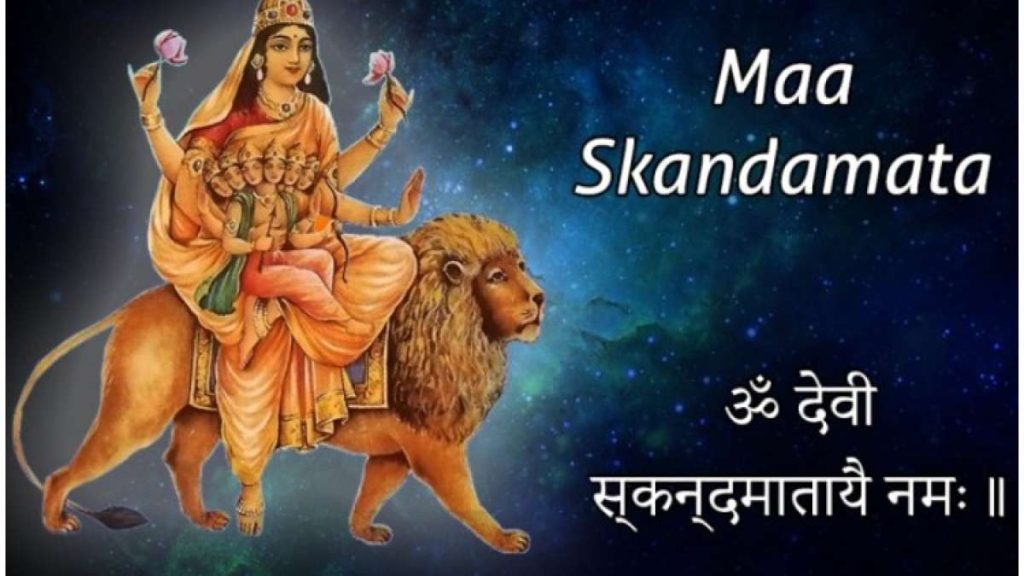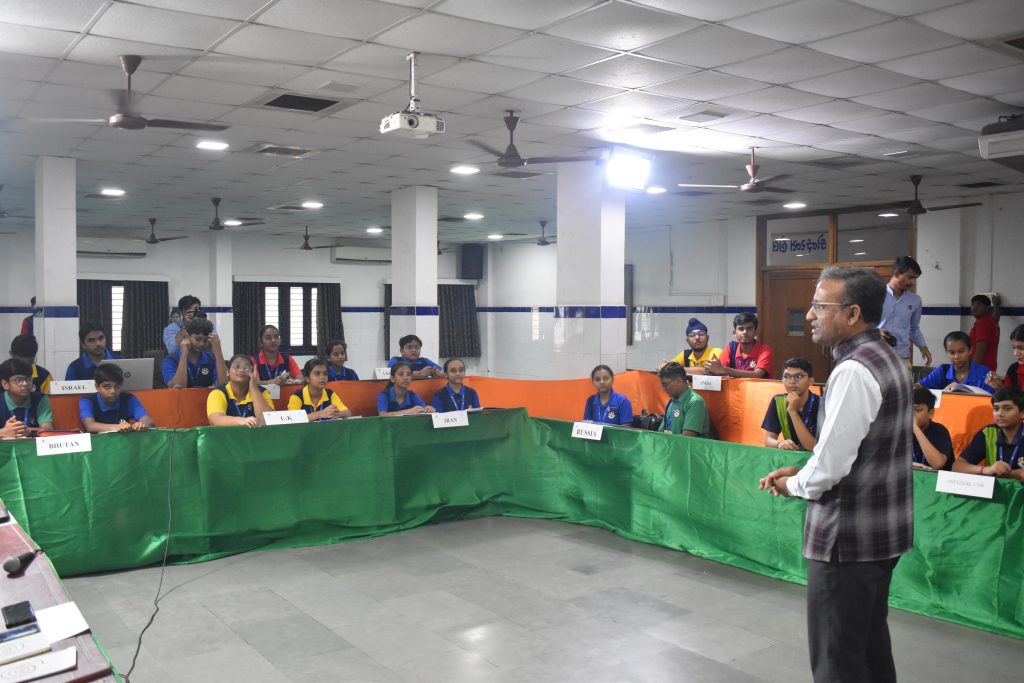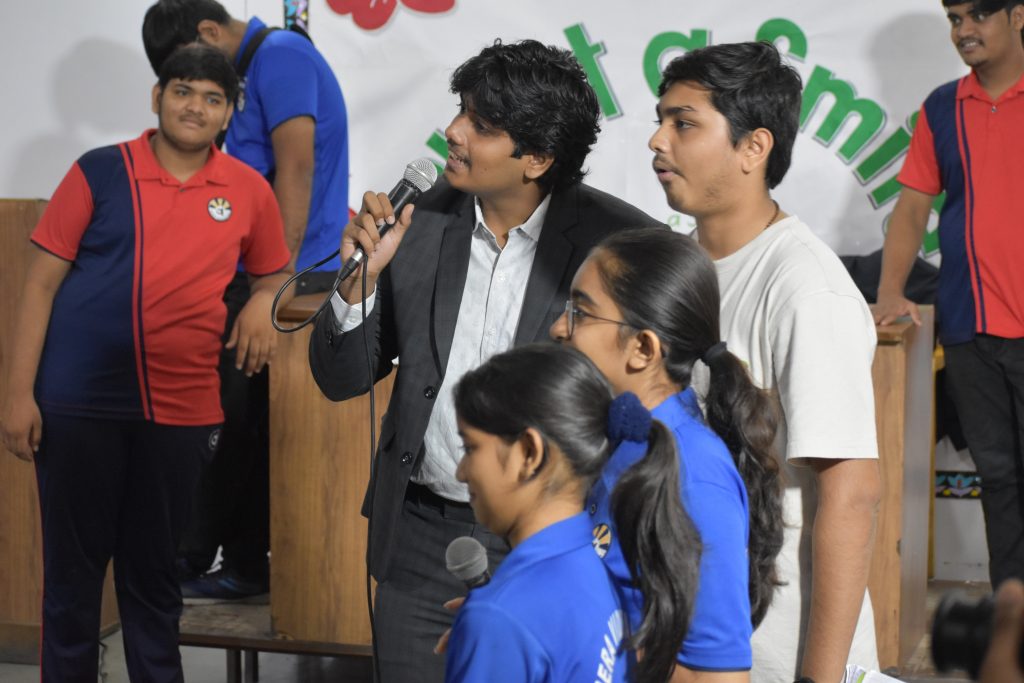Navaratri is one of the most vibrant and spiritually significant festivals celebrated in India. The nine-night festival is dedicated to the worship of the Divine Feminine, and each of the nine days is devoted to a different form of the goddess. On the fifth day of Navaratri, we celebrate Goddess Kushmanda. In this blog post, we’ll explore the significance of Navaratri Day 5 and delve into the mythology and rituals associated with Goddess Skandamata.

During Navaratri, devotees gather to honour Goddess Skandmata on Day 5th.In Hindu mythology, Skandmata is regarded as the mother of Lord Murugan, also known as Kartikeya or Skanda. She is seen as a representation of maternal care and defence. “Mother of Skanda” is the meaning of her name, Skandamata. Worshipping Goddess Skandamata leads to the worship of Lord Kartikey and results in the fulfilment of sincere wishes and desires.
Mythological Significance:

- Devotees believe that Maa Skandmata blesses her worshippers with happiness, prosperity, and inner peace. The fifth day of Navratri is particularly significant for those seeking spiritual growth.
- Worshipping her requires complete focus and a detachment from worldly distractions. It is said that only when devotees dedicate their minds fully to offering prayers to Maa Skandmata will they receive her blessings.
- “Maa Skandmata rewards her devotees when they are focused on praying to her,” according to ancient Hindu tradition. “A devotee must be free from worldly pleasures and thoughts and should point his/her focus entirely to offering prayers to Maa Skandmata—only then does the goddess bless the devotee.”
Symbolism and Attributes:
- Goddess Skandmata is worshipped on the fifth day, and she is also known as Parvati, Maheshwari and Gauri. She represents knowledge, and it is believed by pleasing her, you can become a master of wisdom.
- According to religious scripture, Goddess Skandamata, the presiding deity of the solar system, loves white and blue colour. The devotee should wear white, blue, or yellow clothes while doing the prayer of Skandmata.
- As per Hindu scriptures, Skandamata is often regarded as a symbol of fertility, motherhood, and mother-child relationships. Goddess Skandamata is known for blessing her devotees with power, prosperity and salvation.

With having highly devoted bhakti,Sadhana and devotion for Goddess SKAND MAATA Gajera Vidhyabhavan, Katargam celebrated Navaratri Day Fourth in association with ‘SUNIAT MAKER’S SPACE with having a special theme – Goddess, Nature & Environmental awareness. On October 7th, 2024 (MONDAY ) in Assembly Area.

- Arti:Aarti, a ritual of waving a lit lamp in front of the deity, is performed with devotion and reverence by Campus Director Gulab Vasani, Principals of all higher secondary wings with more than 75 students of the same.
- Offerings:Devotees offered Traditional offerings to Goddess SKANDMATAinclude KHEER –PURIES. These offerings represent the sweetness and abundance that the goddess brings into our lives.

Debate :- on this occasion a Debate about plastic pollution has been organised in conference hall more than 36students participated as a delegates of the followings countries or nations – Russia, Ukraine, U.S.A, Israel, U.K, India, Africa, Bhutan, Egypt and presented their thought in favour and against the motion .All the participant represented to a particular country

Conclusion :–
5th Day Navratri Worship: Skandamata – The Mother of Skanda (Karthikeya). In the divine tapestry of Navratri, Skandamata worship is a celebration of maternal love, strength, and protection. Devotees turn to her seeking blessings for the well-being of their children, family harmony, and spiritual growth.





